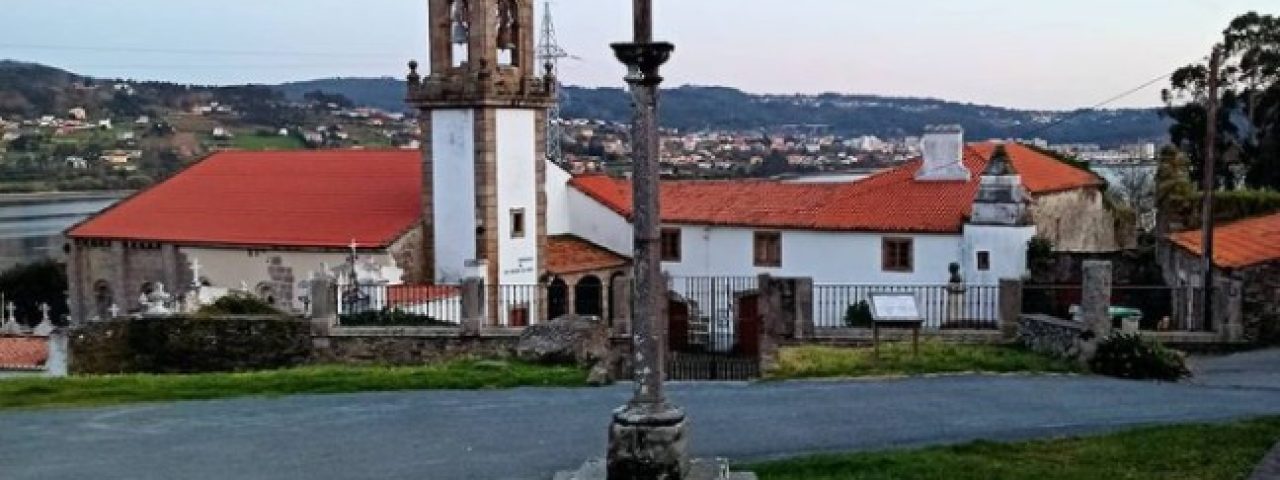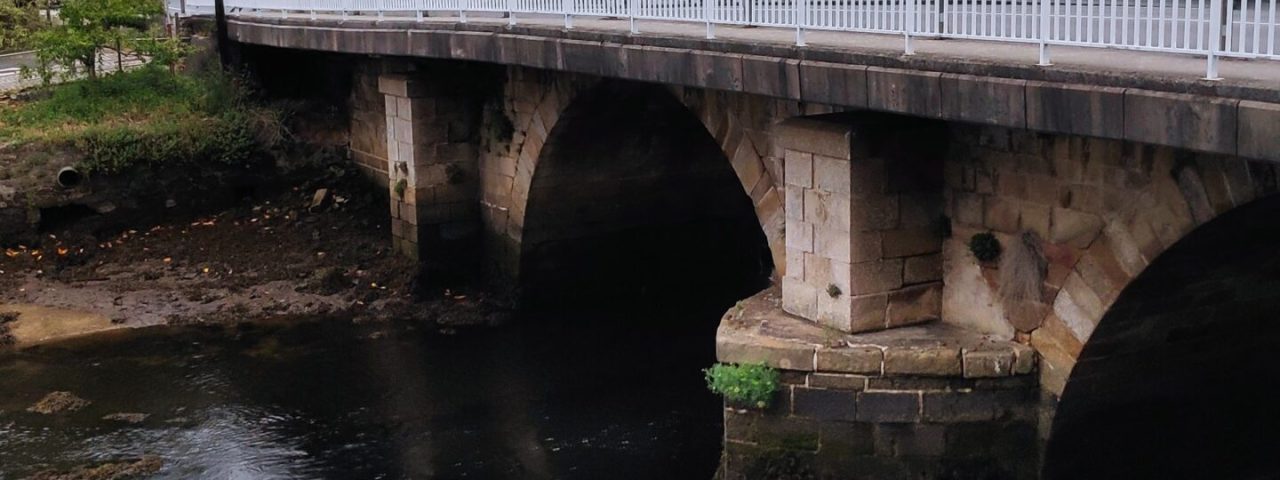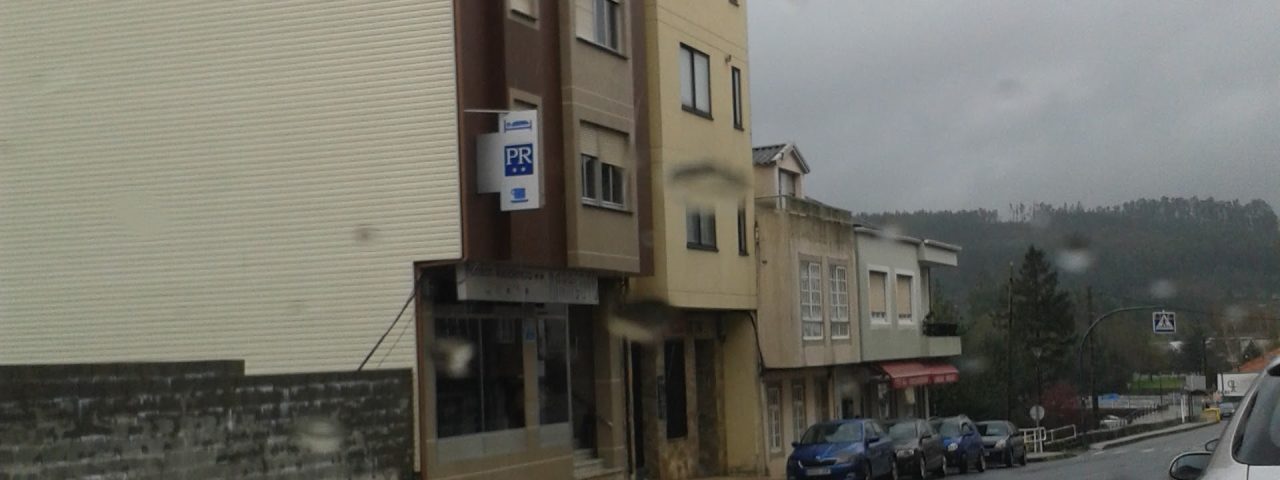Narón has a rich historical legacy that dates back to ancient times, with significant Roman and medieval influences. The city’s origins can be traced to the Roman era when the region was an important hub for trade and maritime activities due to its proximity to the Atlantic. Over the centuries, Narón played a vital role in Galicia’s history, from its early Christianization in the Middle Ages to its development as an important industrial center in more recent times.
Culturally, Narón embodies the Galician spirit, with strong ties to local traditions and festivals. One of the most significant cultural celebrations is the Feast of San Xoán, held in June, which involves bonfires, music, and dancing to celebrate the summer solstice. The city also takes pride in its traditional Galician music and dance, with regular performances of the region’s distinctive bagpipes (gaita) and folk dances. The Camino de Santiago, one of the most famous pilgrimage routes in the world, also passes nearby, adding a layer of historical and cultural importance to the area.
Historical landmarks like the Monastery of San Martiño de Xuvia and the Church of Santa María de Narón offer visitors a glimpse into the city’s past, highlighting its religious and architectural significance.


